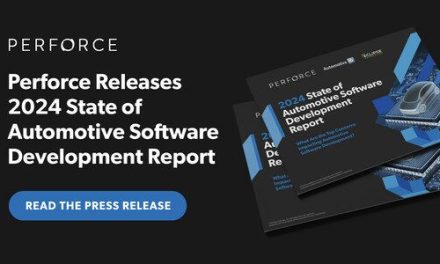 Urban traffic roughly follows a periodic pattern associated with the typical “9 to 5” work schedule. However, when an accident happens, traffic patterns are disrupted. Designing accurate traffic flow models, for use during accidents, is a major challenge for traffic engineers, who must adapt to unforeseen traffic scenarios in real time.
Urban traffic roughly follows a periodic pattern associated with the typical “9 to 5” work schedule. However, when an accident happens, traffic patterns are disrupted. Designing accurate traffic flow models, for use during accidents, is a major challenge for traffic engineers, who must adapt to unforeseen traffic scenarios in real time.
In response, a team of Lawrence Berkeley National Lab computer scientists are working with the California Department of Transportation (Caltrans) to use high performance computing (HPC) and machine learning to help improve Caltrans’ real-time decision making when incidents occur. The research was done in conjunction with California Partners for Advanced Transportation Technology (PATH), part of UC Berkeley’s Institute for Transportation Studies (ITS), and Connected Corridors, a collaborative program to research, develop, and test an integrated corridor management approach to sustaining transportation corridors in California.
Caltrans and Connected Corridors are implementing the system on a trial basis in Los Angeles County, through the I-210 pilot. Using real-time data from partners in southern California, at the city, county, and state level, the goal is to improve Caltrans’ real-time decision-making by executing coordinated, multi-jurisdictional traffic incident response plans to limit the negative impacts of these events. The first iteration of this system will be deployed in the cities of Arcadia, Duarte, Monrovia, and Pasadena in 2020, with plans for future deployments around the state.
“Many traffic-flow prediction methods exist, and each can be advantageous in the right situation,” said Sherry Li, a mathematician in Berkeley Lab’s Computational Research Division (CRD): “To alleviate the pain of relying on human operators who sometimes blindly trust one particular model, our goal was to integrate multiple models that produce more stable and accurate traffic predictions. We did this by designing an ensemble-learning algorithm that combines different sub-models.”
For more information, see the full story here.




